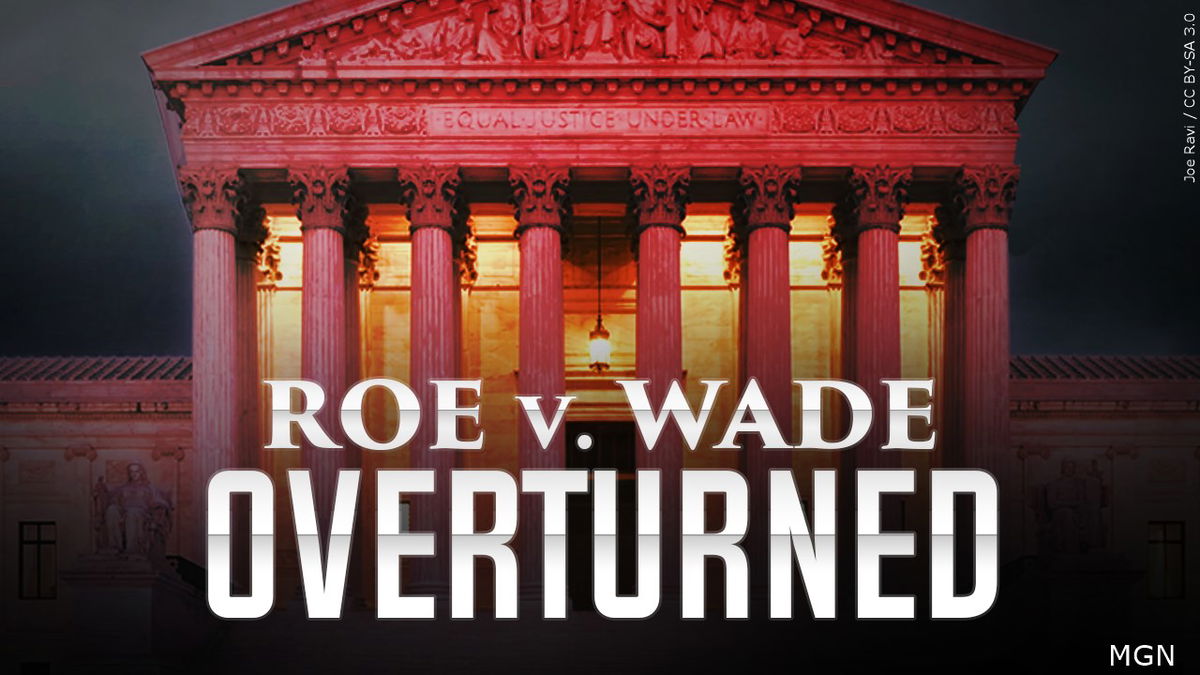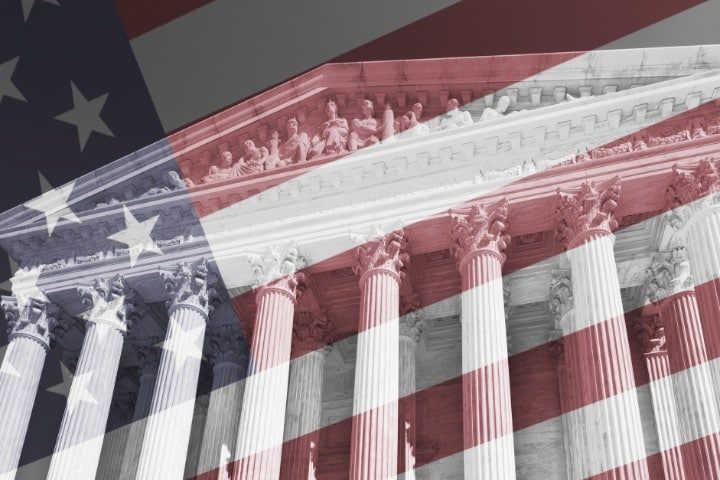Legal Implications

Scotus overturns chevron – The Chevron doctrine, established in 1984, granted significant deference to federal agencies’ interpretations of ambiguous statutes they administer. This doctrine was based on the assumption that agencies possess expertise in their respective fields and should be given leeway in interpreting the laws they enforce.
The Supreme Court’s recent decision to overturn Chevron has sent shockwaves through the legal community. This landmark ruling has upended decades of precedent, and its implications for administrative law are still being debated. As we grapple with the fallout from this decision, it’s crucial to understand the full scope of its impact.
Overturned Chevron has the potential to reshape the relationship between the judiciary and the executive branch, and it will undoubtedly be the subject of much discussion and analysis in the years to come.
However, in a landmark decision in 2022, the Supreme Court overturned the Chevron doctrine, holding that courts must independently interpret ambiguous statutes and not defer to agencies’ interpretations. This decision has significant implications for administrative law and the balance of power between agencies and the judiciary.
The Supreme Court’s recent overturning of Chevron deference has sparked a flurry of activity, including a renewed focus on the issue of supreme court homeless. The Court’s decision has raised questions about the role of the judiciary in interpreting federal law, and its potential impact on the lives of homeless individuals.
As the Court continues to grapple with the implications of its ruling, it is important to consider the broader implications for the rule of law and the rights of all Americans.
Potential Impact on Future Cases
The overturning of Chevron is likely to have a significant impact on future cases involving the interpretation of ambiguous statutes. Courts will now be more likely to give less deference to agencies’ interpretations, and will instead conduct their own independent analysis of the statute’s text, structure, and purpose.
This shift in approach could lead to more litigation over the interpretation of statutes, as parties will be less likely to accept agencies’ interpretations without challenge. It could also make it more difficult for agencies to implement their policies effectively, as they will need to be more cautious in interpreting their statutory authority.
The recent Supreme Court ruling overturning Chevron deference has raised concerns about its potential impact on civil rights protections. The Civil Rights Act of 1964, a landmark piece of legislation that prohibits discrimination based on race, color, religion, sex, or national origin, has been cited as an example of a law that could be affected by the ruling.
As the Supreme Court continues to grapple with the implications of overturning Chevron, it remains to be seen how this decision will ultimately impact the enforcement of civil rights laws.
Policy Considerations: Scotus Overturns Chevron

The Chevron doctrine has been the subject of ongoing debate, with proponents arguing that it promotes regulatory efficiency and predictability, while opponents contend that it grants excessive deference to agencies and undermines judicial authority. Examining the policy rationales behind Chevron and its implications for public policy is crucial for understanding the potential impact of its overturning.
Chevron and Regulatory Efficiency
Chevron was premised on the idea that agencies possess specialized expertise and are better equipped to interpret and implement complex statutes than courts. By deferring to agencies’ reasonable interpretations, courts can avoid micromanaging regulatory processes and allow agencies to adapt to changing circumstances without the need for constant legislative intervention.
Judicial Deference and Accountability
Opponents of Chevron argue that it grants excessive deference to agencies, potentially leading to arbitrary or unaccountable decision-making. They contend that courts should play a more active role in reviewing agency interpretations to ensure that they are consistent with the intent of Congress and protect individual rights.
Implications for Public Policy
The overturning of Chevron could have significant implications for various areas of public policy, including environmental protection, consumer safety, and financial regulation. Environmental advocates fear that it could weaken environmental protections by making it easier for agencies to roll back regulations. Consumer advocates worry that it could reduce protections for consumers by limiting the ability of agencies to address emerging risks. Financial regulators are concerned that it could undermine the stability of the financial system by making it more difficult to implement necessary regulations.
Broader Impacts

The Supreme Court’s decision to overturn Chevron has far-reaching implications beyond the immediate case. It raises questions about the separation of powers, the balance between the legislative, executive, and judicial branches, and the public’s trust in government institutions.
Separation of Powers, Scotus overturns chevron
The decision could potentially weaken the separation of powers by giving courts more authority to review and overturn executive branch interpretations of laws. This could lead to a more adversarial relationship between the two branches and make it more difficult for the executive branch to implement its policies effectively.
Political and Societal Consequences
The ruling could also have broader political and societal consequences. By undermining the legitimacy of executive branch interpretations, it could erode public trust in government institutions and make it more difficult to address complex societal challenges that require cooperation between different branches of government.
Future Challenges to Administrative Authority
The decision could set a precedent for future challenges to administrative authority. By establishing a more deferential standard of review, courts may be more likely to strike down agency interpretations of laws, even when those interpretations are reasonable and consistent with the intent of Congress.
The Supreme Court’s decision to overturn the Chevron deference doctrine, established in Chevron U.S.A., Inc. v. Natural Resources Defense Council, Inc. ( chevron vs nrdc overturned ), has significant implications for administrative law. This landmark ruling shifts the balance of power between agencies and courts, requiring agencies to provide more robust justifications for their interpretations of ambiguous statutes.
The Supreme Court’s decision to overturn the Chevron doctrine has sparked a flurry of debate. The Chevron doctrine, which gave deference to federal agencies’ interpretations of ambiguous statutes, has been a cornerstone of administrative law for decades. The Court’s decision in West Virginia v.
EPA has overturned this doctrine, giving courts more power to review agency interpretations.